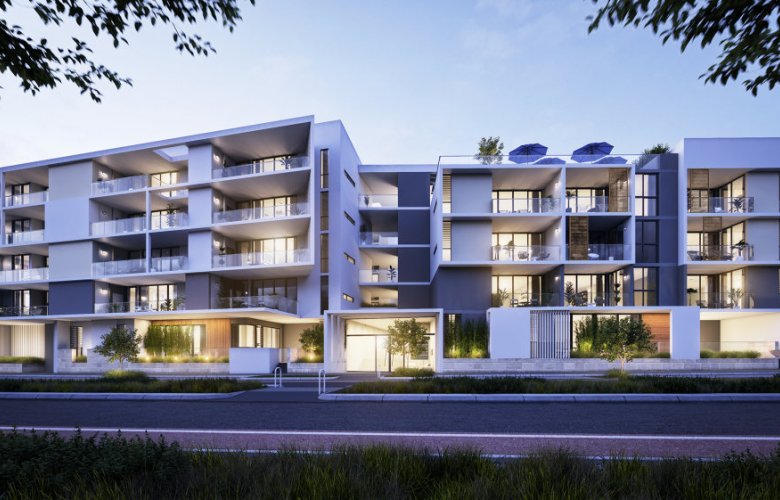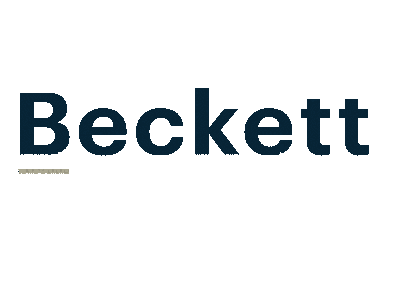
March 29, 2016 | Medium density approvals outpace standalones for first time
Record approvals for medium-density homes reflect Australia’s acceptance of higher density living.
In the year to October 2015, 117,552 medium density dwellings were approved for construction, compared with 115,634 approvals for freestanding homes, according to Bankwest’s latest Housing Density Report.
The research defines medium density as all units, townhouses and semi-detached dwellings.
In the year to November, the research’s standard year, the scales tipped back slightly in favour of freestanding homes, but the trend towards higher-density living has been established.
In the 12 months to November, there were 231,489 building approvals in total across Australia. Medium density housing approvals rose 33.9% to 115,731, compared with 115,758 approvals for standalone homes.
Bankwest General Manager, Private Banking, Greg Caust, said the report shows a long-term trend towards medium density housing.
“That 12-month period to October was a record breaker, with the number of medium density dwelling approvals reaching 117,552,” he said.
“I have no doubt that medium density approvals will shortly exceed approvals for standalone homes – not just occasionally, but on an ongoing basis.”
“Half the approvals in the 12 months to November 2015 were for medium density housing – up from 43.1% the previous year and well ahead of the average 34.4% over the past 20 years,” said Caust.
The move towards higher density living is being driven by worsening housing affordability.
“Medium density housing offers a more affordable alternative to standalone housing and may help first time buyers get into the property market,” said Caust.
Greater awareness of sustainability and urban planning are also contributing to a greater emphasis on higher density living.
“If urban sprawl is contained, population will be close to infrastructure, including health and education services and public transport networks. These services then can be better patronised and more efficient,” said Caust.
The report showed that 89.5% of medium density approvals were in capital cities, and only 10.5% were in regional centres. In four capital cities, more than half of approvals were for medium density housing: Canberra (74.2%), Sydney (69.4%), Brisbane (64.5%), and Melbourne (57.9%).
“With increasing population density and growth in residential property prices – particularly in Sydney and Melbourne,” said Caust, “we can expect continuing demand for medium density housing.”
The Real Estate Conversion



